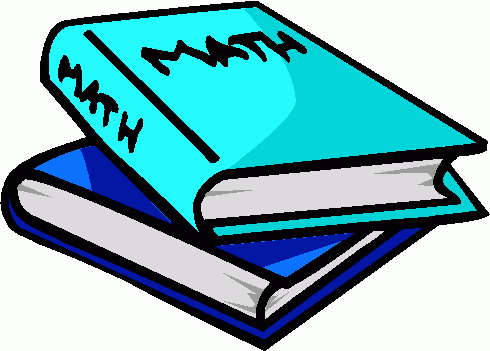Overview:
It is essential to read a math problem carefully before any other steps can be taken to solve the problem. The process of reading a math problem carefully includes understanding the meaning of any unfamiliar words or symbols, paying close attention to directions, sorting out any information that is not needed, and determining if there is enough information to solve the problem.
Are There Any Unfamiliar Words or Symbols?
Math uses a specialized language of words and symbols to describe expressions and operations. Suppose a geometry problem involved the perimeter of a kite with adjacent sides AB and BC, as well as BD and CD. Before setting up the problem to find the perimeter of the kite, one would need to know what a kite in geometry is a special kind of quadrilateral with adjacent sides of equal length, and that finding the perimeter means adding up the measurements of all the sides of the polygon. Many math books have glossaries which give definitions of terms and operations, as well as specialized math dictionaries and encyclopedias.
Are There Directions to Follow?
One of the keys to reading a math problem carefully is paying close attention to directions. When a problem is written in symbols, 12/3 means something very different from 3/12. Similarly (4 + 3)5 means something different than 4 + 3∙5, because 7 times 5 is 35 and 4 + 15 is 19. When a problem is written in words, the directions are hidden in clues to operations. Clues to addition will ask for the total number to be added or the sum of two numbers, while clues to subtraction include the difference between two items. Clues to multiplication include finding the product, while clues to division include the ratio.
Is There Unnecessary Information?
Suppose that the word problem states that there are 5 planets and 4 moons in the Halona system. Scientists in the 23rd century think that even though the system is about 900 light years away, that at least 20 percent of the planets might support life. How many planets might support life? In order to solve this fictional word problem, it is not necessary to know that there are 4 moons, that scientists are still theorizing in the 23rd century (as opposed to going there at warp speed and checking it out), or even that the system is about 900 light years away.
Is There Enough Information to Solve the Problem?
In the fictional “word problem” in the preceding paragraph, suppose the question were something like “In what order are the planets in the Halona system from the distance from its star?” Nothing is said in the problem about the order of the planets or their distance from their star.
Interested in pre-algebra tutoring services? Learn more about how we are assisting thousands of students each academic year.
SchoolTutoring Academy is the premier educational services company for K-12 and college students. We offer tutoring programs for students in K-12, AP classes, and college. To learn more about how we help parents and students in Annapolis, MD: visit Tutoring in Annapolis, MD


